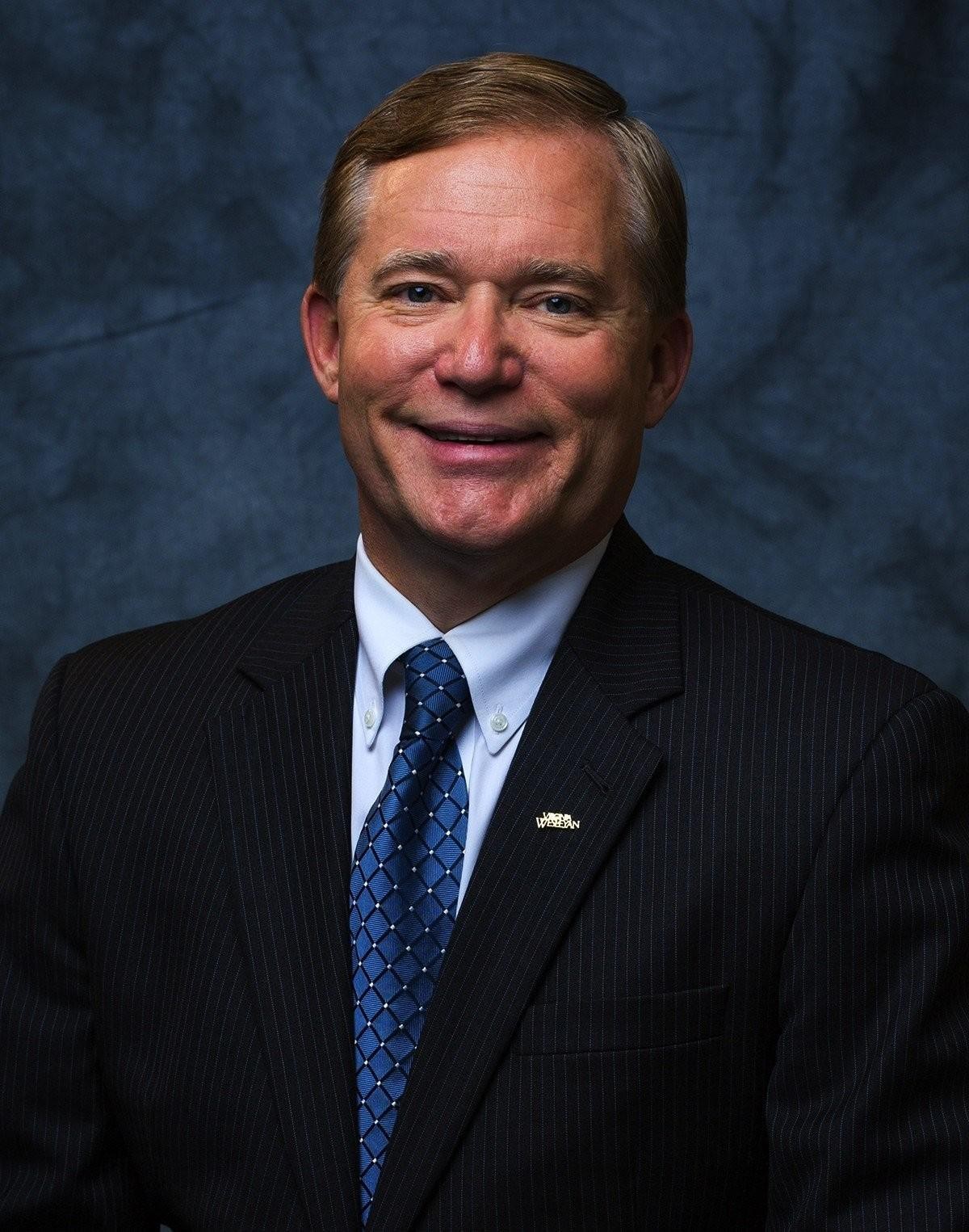
Your college has a pretty campus in a rural area. Sometime in the 19th century, it was founded on the theory that students should be free from urban distractions to focus on their studies. Other main selling points: You offer personalized attention, a small student-to-faculty ratio and professors who know their students’ names. Faculty members defend your liberal arts mission.
In recent years, however, full-time residential numbers have plummeted or remained flat. You have considered new professional programs to attract students, but tenured faculty have resisted change, as have some influential alumni. You have a modest endowment and signs of donor fatigue. And your tuition discount rate has climbed to dangerous levels.
Those resistant to change are ignoring market realities that can combine to create the perfect storm—and lead to closure.
If you are still fine with these trends, that is an unwise choice—because within a few years, or less, you will be dead.
Where does higher ed stand?
Recent reports of college closings or mergers have underscored a two-pronged crisis that seriously threatens institutions fitting the above profile: affordability and a lack of programming with appeal to new student audiences. Unless you are among the nation’s exclusive (and expensive) colleges and universities, you will need to focus 24/7 on both.
Higher ed today is largely a buyer’s market. Colleges at risk have relied too heavily on tuition discounting, failed to upgrade facilities to meet students’ expectations, or neglected opportunities for collaboration with other institutions. Another factor: not focusing on making their campuses diverse and inclusive. Most students will bypass or transfer from a college where they do not feel accepted and supported.
What can we do?
Marshal every available resource to promote affordability while generating new sources of revenue.
At Virginia Wesleyan University, we have a wonderful location, minutes from the Atlantic. But we are in a highly competitive enrollment market—the most intense I have seen in my 29 years as a college president. Part of the problem: a dramatic drop in the number of traditional 18- to 21-year-olds, a trend expected to continue until 2026. Now, growth will likely come from transfers; online and graduate students; and the group we once called “nontraditional-aged” students or those older than 25.
Read: 7 ways rightsizing (not downsizing) can help save colleges
Consider these strategies to keep up.
- Adjust marketing and curriculum to appeal to older students. Keep in mind that these students often prefer to study online and at their own pace. Collaborating with area community colleges can also help. We developed ease-of-transfer agreements with several that are producing strong results. From one such institution, 160 graduates transferred to our baccalaureate programs last year. Our online offerings are flourishing, too, and with our transition from a college to a university in 2017, we were able to create many other curricular innovations, including two new graduate programs. Under the umbrella of “University College,” we combined online, evening, weekend, not-for-credit and early-enrollment/advanced study programs.
- Work with at-risk students. We developed a campus work program for selected students at risk of dropping out because of finances. They work in facilities management, the president’s office or the student center, paying down their tuition obligations. We also created an affordable January term and summer semesters, and we have frozen tuition for full-time students for the past three years. Now, we are ramping up fundraising and auxiliary revenue streams.
- Get creative and differentiate. If your campus is dormant after commencement, you are missing opportunities to generate income from camps, conferences, youth sports and other programs. And remember that valued, small liberal arts institutions too often fail to differentiate themselves.
Those resistant to change are ignoring market realities that can combine to create the perfect storm—and lead to closure. In 2020, creative thinking is key.
Scott D. Miller is president of Virginia Wesleyan University in Virginia Beach.

